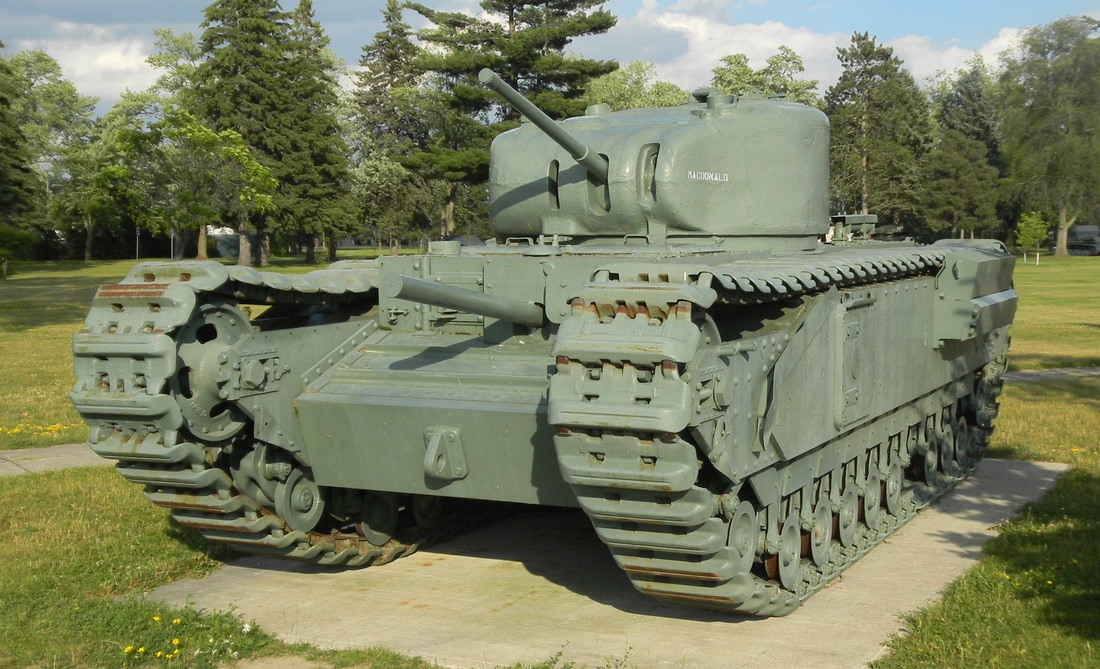5 Iconic British WW2 Tanks

Introduction to British WW2 Tanks

The United Kingdom played a significant role in World War 2, with its military forces contributing substantially to the Allied victory. Among the various branches of the British military, the armored divisions were pivotal in several key battles and campaigns. British WW2 tanks, with their innovative designs and robust manufacturing, were instrumental in the war effort. This blog post will delve into five of the most iconic British WW2 tanks, exploring their history, design, and impact on the battlefield.
1. Crusader Tank

The Crusader tank was one of the primary British cruiser tanks used during the early years of World War 2. Introduced in 1941, it was designed to be fast and maneuverable, reflecting the British doctrine of using tanks as a rapid, exploitation force. The Crusader saw extensive action in North Africa, where its speed and agility proved valuable in the desert warfare. However, it was also criticized for its thin armor and lack of firepower compared to German tanks like the Panzer IV. Despite these drawbacks, the Crusader played a significant role in the North African Campaign, particularly during the battles of Gazala and El Alamein.
2. Churchill Tank

The Churchill tank was a heavy infantry tank that entered service in 1941 and remained in use throughout the war. It was designed to provide close support to infantry units, with a focus on armor and firepower over speed. The Churchill tank underwent several upgrades and variants, with improvements in armor thickness and the main armament. One of the most notable variants was the Churchill VII, which featured a 75mm gun and significantly thicker armor, making it more effective against German tanks. The Churchill saw action in various theaters, including North Africa and Europe, and was particularly noted for its durability and the ability to withstand significant damage.
3. Valentine Tank

The Valentine tank was another infantry tank used by the British during WW2. Produced from 1940 to 1944, it was known for its reliability, simplicity, and ease of maintenance. Although it was not as heavily armored or as powerfully armed as some of its contemporaries, the Valentine was valued for its small size, which made it easier to transport and deploy in various environments. The Valentine saw extensive action in North Africa and was also supplied to the Soviet Union as part of the Lend-Lease program. Its design influenced later British tank development, with its chassis being used for several variants and specialized vehicles.
4. Cromwell Tank

The Cromwell tank was a cruiser tank introduced in 1944, which played a crucial role in the later stages of the war. Designed to replace the earlier cruiser tanks like the Crusader, the Cromwell was faster, better armored, and equipped with a more powerful 75mm gun. It saw significant action in Northwest Europe, particularly during the Normandy landings and the subsequent push into Germany. The Cromwell’s combination of speed, maneuverability, and firepower made it an effective tank on the battlefield, capable of keeping pace with infantry and providing support in armored formations.
5. Matilda II Tank

The Matilda II, also known as the “Queen of the Desert,” was a heavy infantry tank that served from 1940 to 1945. It was renowned for its thick armor, which made it nearly invulnerable to early German anti-tank guns. Initially equipped with a 2-pounder gun, later models were upgraded with a 3-inch howitzer for close support roles. The Matilda II was instrumental in the North African Campaign, particularly during the battles of France in 1940 and the early desert wars. Its imperviousness to many of the anti-tank weapons of the time earned it a formidable reputation among both British troops and their adversaries.
🚨 Note: The development and deployment of these tanks were influenced by the evolving nature of warfare and the lessons learned from early engagements. Continuous improvements in design, armor, and firepower were crucial in maintaining the effectiveness of British tanks throughout the war.
In summarizing the roles of these five iconic British WW2 tanks, it’s clear that each brought unique strengths to the battlefield, from the speed and maneuverability of the Crusader and Cromwell to the durability and firepower of the Churchill and Matilda II, and the reliability of the Valentine. Their contributions to the Allied victory were significant, and they remain an important part of military history, symbolizing the innovation and resilience of the British war effort during World War 2.
What was the primary role of the Churchill tank in WW2?
+
The Churchill tank was designed as a heavy infantry tank, focused on providing close support to infantry units with its emphasis on armor and firepower.
Which British tank was known as the “Queen of the Desert”?
+
The Matilda II tank was nicknamed the “Queen of the Desert” due to its dominance in the North African Campaign, primarily because of its thick armor that made it highly resistant to early German anti-tank weapons.
What was notable about the Valentine tank?

+
The Valentine tank was notable for its reliability, simplicity, and ease of maintenance. It was also supplied to the Soviet Union as part of the Lend-Lease program, contributing to the Allied effort on the Eastern Front.



